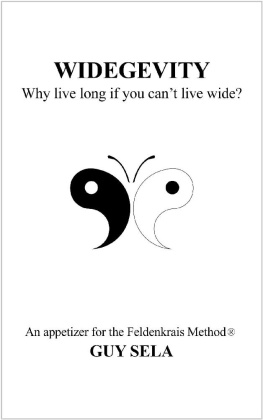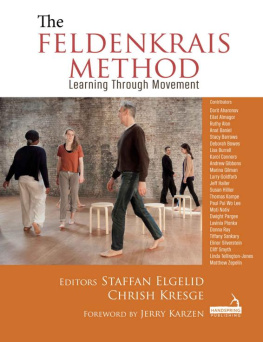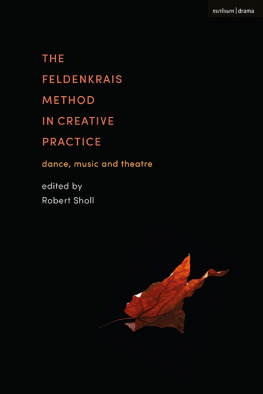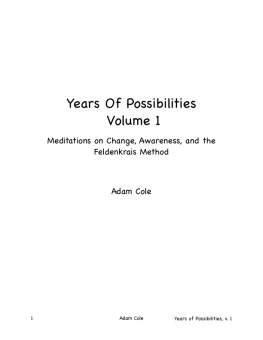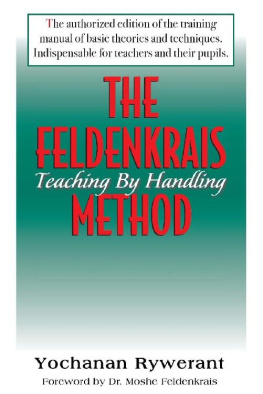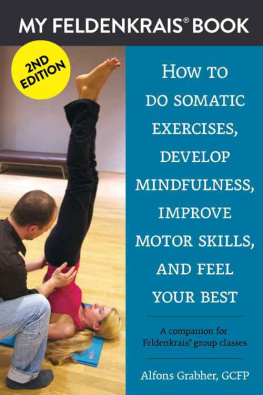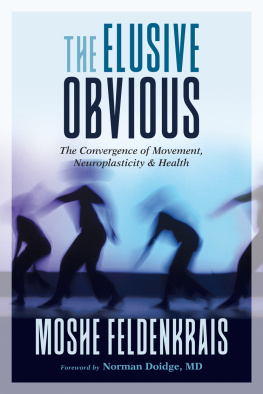The information in this book is intended for educational purposes only. It's as potentially harmful as a cotton ball. However, in this crazy world, a person can kill himself with cotton balls, and, while taking his last breath, hold the cotton ball manufacturer liable. This must be agreed upon then: by reading on you are assuming full responsibility for the consequences of your actions. If you cannot commit to that, please do not read on. The author hereby expressly disclaims all liability for any misinterpretation or misuse of this bookit is meant to broaden your horizons, not to tell you what to do.
All rights reserved. No part of this publication may be reproduced or transmitted in any form or by any means, electronic or mechanical, including photocopying, recording, or any other information storage and retrieval system, without the written permission of the author.
I NTRODUCTION
I was something of a bookworm growing up, reading pretty much anything I could lay my hands on. But it wasn't until I was in my 30s that I came across a book that was really worth reading. When I tried to articulate to myself just how much that book floored me, the thought that came to me was that if I had a child who I knew was going to read just one book in his entire life, this is the book I would want him to read. The book was Moshe Feldenkrais' The Elusive Obvious .
A few years have passed since then. I've read all Feldenkrais other books in the meantime, plus a whole lot of other stuff, and my opinion has only strengthened. The way I see it, Feldenkrais is Plato on steroids. The steroids being the 2,500 years of accumulated knowledge that separate Feldenkrais from Plato.
A few things had me wondering as I dug deeper and deeper into the Feldenkrais method. Why do so few know about it? Why do the people who do know about it almost always have a significantly inaccurate impression of it? Why are even experts in the field nearly always perplexed when asked to explain it?
I finally posed this question to myself: How would you define what one "gets" by "doing Feldenkrais"? My answer was: widegevity. And thus the idea for this book was born. I had to come up with a new word as the reality to which it points is new. Using any preexisting term felt too much like pigeonholing. Widegevity is obviously a metaphor. I hope that by the end of this book you'll have a clearer idea of what it means to you.
I wouldn't have taken the trouble to write this book if I didn't think that it's really warranted. What makes it warranted? Look around you. Read the statistics. We're not living in paradise just yet. Now, obviously Feldenkrais isn't the answer to all of humanity's problems. It answers only some, but they're very fundamental. In the context of an individuals life, it's the most potent game changer I've come across when properly understood, and as far as methods go . People should know that this option exists. I wish it hadnt taken me 30 years to find out about it. My life could have been a lot better.
Anyway, better late than never.
There's plenty of material about the Feldenkrais Method and the aim of this book isn't to repeat it. I'm only trying to fill in what seems to me to be the most pressing lacuna, namely, the lack of a non-esoteric guide to the method. Feldenkrais' books are exquisite, but unfortunately, almost only uber-nerds read them (unjustly, by the way; they're not that difficult). Guides written by others have tried to spread the word further but have had very limited success.
Can the Feldenkrais meme become viral? I see no reason why not. In fact, I think it's inevitable. It's just a question of how it's going to happen. One thing's sure: a virus is small, very small. It's easily carried. It's also easily transmitted. You should be able to describe it in just a few words, within a casual conversion. If it's "heavy," it won't work. If it's cumbersome or seems obscure or inexplicable, it won't work. The thing is that the Feldenkrais Method is none of these. At least on an appetizer level, it can be fully described, explained, and demonstrated very easily.
The book is structured from the concrete to the abstractdemonstration, description, explanation, and context. But if you feel more comfortable the other way around, you're welcome to change the order of things. You can shuffle the chapters any way you like.
As a sign off, I offer some recommendations on how best to proceed beyond the beginners' stage.
D EMONSTRATIONS
Please perform the following three little experiments. At face value these experiments may seem trivial to you. Their significance will become more and more apparent, apace with your growing understanding of the method.
*
Take a piece of paper and a pen. Write down your name three times. Now hold the pen differently. If you started by holding it with your thumb, index finger, and third finger, which is how most people habitually handwrite, try holding it with your thumb, third, and fourth finger. In this position, write your name again. Now hold the pen with your thumb, fourth, and fifth finger and write your name once more. Return to the first position, with the thumb, index and third finger holding the pen, and write down your name again, three times. Compare this last line with the first one. Is your name written differently somehow? Perhaps better in some ways? Simpler? More elegant? Was the experience of writing it different from the first attempt? Better or worse?
Now gently turn your head to the left and back to the center, and to the right and back to the center. Which side feels easier? Perhaps there is greater range of movement on one side? Is it on the side of the hand you used for writing or on the opposite side?
The side on which you focused your attention should feel and perform better than the other side.
*
(If you like, you can record the following little experiment and gain more insight by replaying it or using waveform analysis)
Say a sentence out loudsomething simple such as "My name is ____". Now say it again, this time with your mouth shut (that is, without opening your lips or jaw). Return to normal and say it again. Notice any differences between the first time and the last? Which one sounds better to you?
Say your name again out loud, this time with your jaw open but your mouth still closed (only the lips are sealed). Again, return to the baseline, to the first position, the one with no constraints, and check if it feels and sounds the same or if it has shifted somehow. If you find that it has changed, try to determine if this change is for better or worse. If you had to choose between these options, instinctively, which would you choose? Repeat the second position as well and see if there are any changes and if you find them agreeable or not.
*
Take note of your breathing at whatever position you happen to be in. Which parts move? Which don't? Does your chest expand upon inhalation or does your belly? Is the cycle rhythmic or arrhythmic? What sort of rhythm? How about the volume of each breath?
Change your position with respect to gravity. So, for example, if you were sitting, lie down on your back, stomach, or side. Take note of your breath in this position. How is it different from the initial position? Go over the same points to comparethe volume of each breath, which parts move and which don't, etc.
Now, return to your initial position and notice your breath again. Is it the same as it was in the beginning? Any better perhaps? If so, in what way? How about your overall feeling?
***

